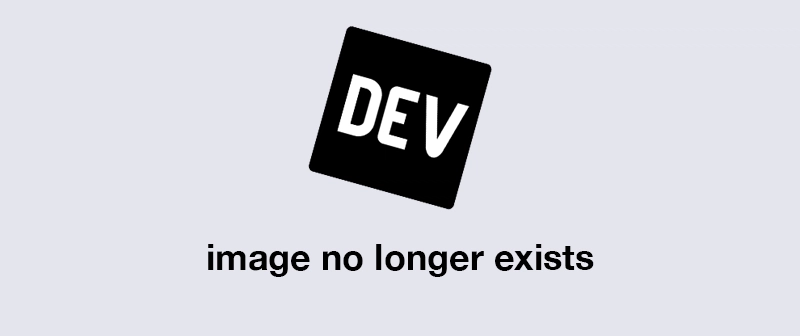After following this guide, you will have created a "Hello world" application that uses Preact, TypeScript and Ruby on Rails. We'll also be installing ESLint!
Installing prerequisites - ruby and sqlite3
Make sure you have installed rbenv and Ruby:
brew install rbenv
ruby --version
# if your version of Ruby is old:
rbenv install 2.7.0
rbenv rehash
rbenv global 2.7.0
You'll most likely have sqlite3 already installed (check using sqlite3 --version) but if you don't you can download it from the SQLite download page.
Installing Ruby on Rails
Then install Ruby on Rails:
gem update --system
gem install bundler
RBENV_VERSION=2.7.0 rbenv exec gem install rails --version 6.0.2.1
Once installed, open a new terminal window and double-check that it was successfully installed:
rails --version
Create your Ruby on Rails app with React
Since there isn't Preact boilerplate code available, I found it much easier to get started with React and then switch it out for Preact afterwards.
rails new <APP_NAME> --webpack=react
Add TypeScript and ESLint
bundle exec rails webpacker:install:typescript
yarn add -D eslint @typescript-eslint/parser @typescript-eslint/eslint-plugin eslint-config-preact @types/webpack-env
yarn add babel-plugin-transform-react-jsx
Make sure to update all of your JavaScript files to end with .ts and .tsx!
If your code is rendering a Preact component you'll want it to end in
.tsx. If it's just a util file with some functions in it, then you only need.ts(but you can still just use.tsxand it will work fine)
Add the following line in tsconfig.json:
"compilerOptions": {
"jsxFactory": "h",
//...
}
Then add a lint script to your package.json:
"scripts": {
"lint": "eslint app/javascript/**/*.ts[x]"
}
Also make sure to create a .eslintrc.js file in your root folder and add the following:
module.exports = {
root: true,
parser: '@typescript-eslint/parser',
plugins: [
'@typescript-eslint',
],
extends: [
'eslint:recommended',
'plugin:@typescript-eslint/eslint-recommended',
'plugin:@typescript-eslint/recommended',
'preact'
],
};
Install Preact
yarn add preact
And add the the following to the plugin section of your babel.config.js file:
plugins: [
["transform-react-jsx", { "pragma": "h" }],
]
Now that you've got Preact, you can also delete react and react-dom from your dependencies in your package.json file.
Create your first controller
Create your first controller. I've named mine hello:
rails generate controller hello
This will create a file for you called app/controllers/hello_controller.rb. Add the following code to it:
class HelloController < ApplicationController
def home
end
end
Then add this new controller you've created to config/routes.rb:
Rails.application.routes.draw do
root to: 'hello#home'
end
Switch out any React references for Preact
When we first created this app, a app/javascript/packs/hello_react.tsx file will have been created for us. Rename this to hello_preact.tsx, and switch out its contents for a Preact component:
import { render, h } from 'preact';
const Hello = () => (
<div>Hello world!</div>
)
document.addEventListener('DOMContentLoaded', () => {
render(<Hello />, document.body);
});
And finally, we need to add our new Preact component to app/views/hello/home.html.erb
<%= javascript_pack_tag 'hello_preact' %>
<h1>Hello world!</h1>
Starting things up
Finally, we can run these two commands to start up our Preact + Rails app:
rails s --binding=127.0.0.1
./bin/webpack-dev-server
And voila! 🎉 You should now have a "Hello world" app that uses Preact and Ruby on Rails.
I struggled to find good documentation online to help me get started with this stack, so I hope this guide has helped you if you were facing the same difficulties.
Happy coding!



















